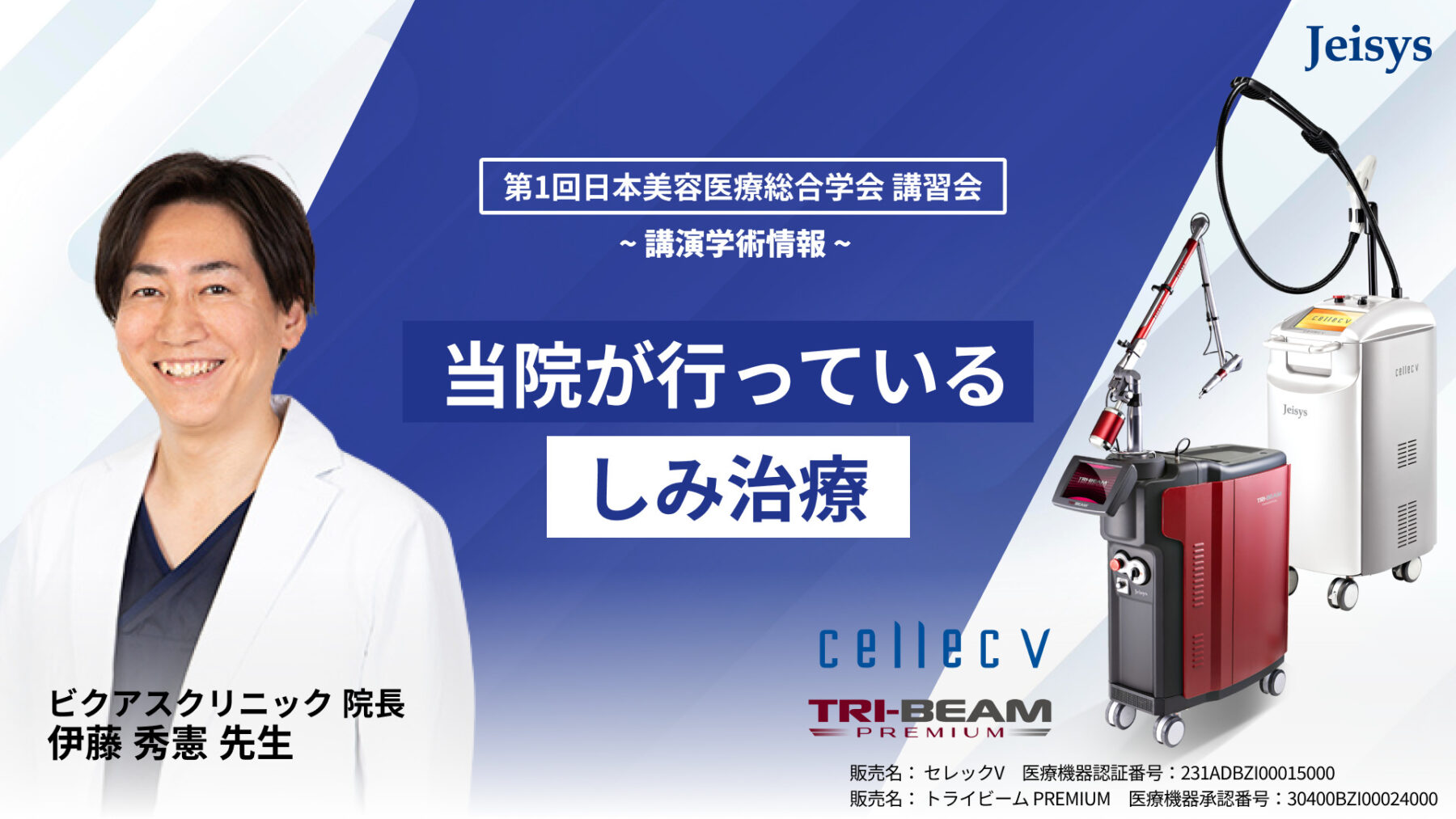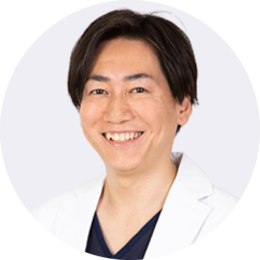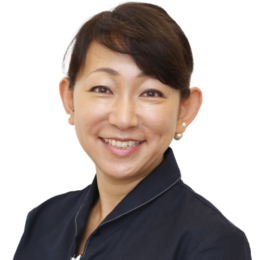
Spot treatment is one of the most frequently requested procedures at aesthetic dermatology clinics. However, relying solely on a single treatment method may sometimes fail to produce satisfactory results. At our clinic, we provide comprehensive care based on objective evaluation, appropriately combining multiple approved devices such as HIFU, laser, and IPL. This article introduces our actual approach, case studies, effectiveness, and the benefits of introduction of several devices.
- INDEX
Treatment base using HIFU, CO₂ laser, and TRI-BEAM PREMIUM (00:40-)

Our clinic utilizes HIFU not only for skin tightening but also to improve the condition of the superficial dermis. The 1.5mm depth irradiation, known as the “HIFU Shower,” can improve melasma. In addition to CO2 lasers, we primarily use TRI-BEAM PREMIUM for spot treatment, as it allows localized irradiation of dark spot. This medically approved device features dual wavelengths of 532nm and 1064nm, enabling precise irradiation and tone adjustment to specific areas through uniform energy delivery. Laser toning with a 7mm spot size collimated beam ensures stable irradiation, while the TH mode and PTP function achieve effective spot treatment while minimizing epidermal damage.
Differences in Applied Uses Between Pico Lasers and Q-Switched Lasers (02:33-)

For spot treatment, both Q-switched YAG lasers and pico lasers are commonly used. Q-switched lasers are effective for large, distinct spot and tend to have lower recurrence rate. On the other hand, pico lasers are suitable for treating faint pigmentation and persistent spots. Since only tape protection is required on that day, patient satisfaction is high. However, both types carry a risk of PIH (post-inflammatory hyperpigmentation), requiring thorough pre-treatment explanation and follow-up observation. We always conducts a 3-4 week follow-up after treatment. When necessary, we combine tranexamic acid or hydroquinone to enhance safety and treatment efficacy. Patients seek “visible results with minimal treatment sessions, undetectable to others,” making the appropriate selection and use of equipment critically important.
Application of IPL for Redness and Skin Rejuvenation (03:26- )

IPL light therapy is essential for treating spots across the entire face. It delivers strong effects on redness and, by using different filters, can also address vascular lesions and post-acne erythema. Its thermal effect on the dermis also offers skin rejuvenation benefits like pore tightening and fine wrinkle improvement. At our clinic, we go beyond simple removal of spots to simultaneously achieve redness reduction and overall skin quality enhancement. Furthermore, progress monitoring using analysis software visualizes treatment effects through numerical data and images, strengthening the trust relationship with patients. This approach significantly contributes to both trouble prevention and increased repeat visit rates.
Total Skin Program Treatment Design (04:19-)

Our ultimate goal is to provide a “Total Skin Program” targeting the entire face, not just treatment for spots. Treatments are designed around two key focuses: suppressing melanocyte function and reducing melanin within keratinocytes. We combine laser toning, IPL, CO₂ laser, and pico laser treatments, supplemented by oral medications and IV therapy. Each treatment is evaluated using specialized analysis software, allowing clients to tangibly see their treatment results. This approach generates high satisfaction and repeat visit rates, enhancing operational stability compared to single-treatment approaches. Strategically combining multiple devices is key to build a competitive edge in treatment for pigment spots, age spots and freckles.
Treatment for spots not only improves appearance but serves as a means to enhance patient satisfaction and build trust. Utilizing multiple devices and analytical software to evaluate results enables achieving high satisfaction while ensuring both safety and efficacy. In the ever-evolving skin spot treatment, a comprehensive approach will be essential.



